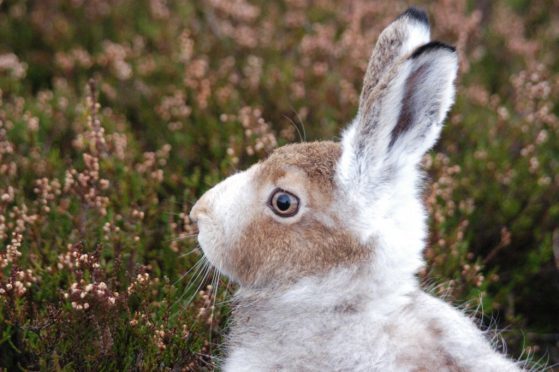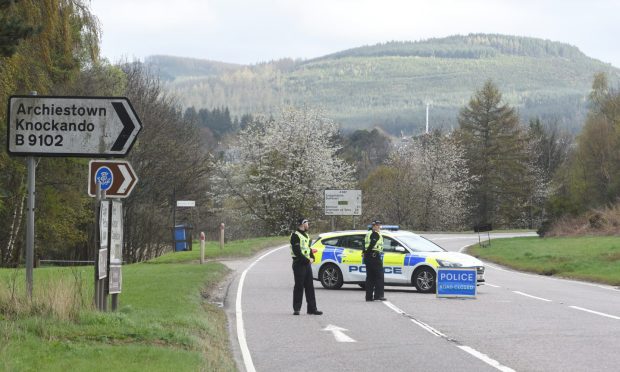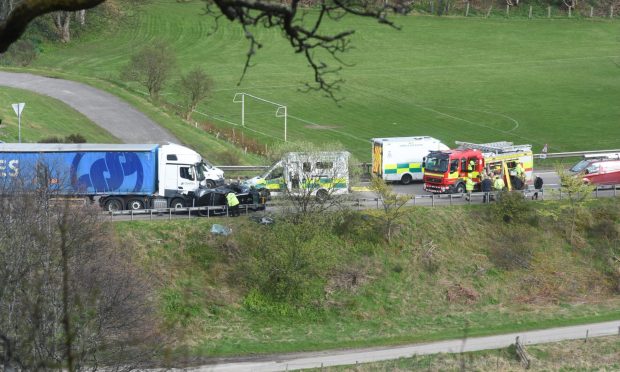Thermal cameras are to be used in a bid to solve the age-old problem of counting mountain hares..
Numbers have proved notoriously difficult to establish because so few of the animals venture out during the day.
But now gamekeepers and scientists have got together to start a three-year project to help manage populations better.
The cameras will be used to spot hares at night, with teams also tasked to trap the animals so they can be marked and recaptured.
Glenlochy gamekeeper John Conaghan revealed the Highland estate has not held a hare shoot for six years.
He said: “As gamekeepers, our aim is to maintain a healthy and sustainable population of many different species. If we have an overpopulation of one, like the mountain hare, it can be detrimental.
“Management of mountain hares is necessary, not only for the benefit of other flora and fauna within the moorland habitat, but also for the general health of the species itself.
“Hopefully this project will provide a more scientific backing to help land managers direct future management.”
Counting teams will use both thermal cameras and traps before determining which method has proved most accurate.
Mountain hare have been reduced in the Cairngorms to prevent the spread of disease, damage to trees and habitats and to control rising tick numbers. However, fears have been raised the population may now be in decline.
Scottish Natural Heritage estimates their numbers could reach up to 200 per square-kilometre on moorland where predators are restricted.
Gamekeepers on three Speyside estates, including Glenlivet and Dorback as well as Glenlochy, are working with specialists from Scottish Natural Heritage, the James Hutton Institute and the Game and Wildlife Conservation Trust to help guide population management.
The estates have also agreed to call a halt to culling while the surveys are taking place.
A total of 10 estates across the country are taking part in the project.
Caitlin Reddington, coordinator of the Tayside and Central Scotland Moorland Group, said: “Some of our members have been ably assisting simply on the basis that they are keen to help research.
“They are interested in seeing the final report and assessing what effect it may have on the management on the ground.”










